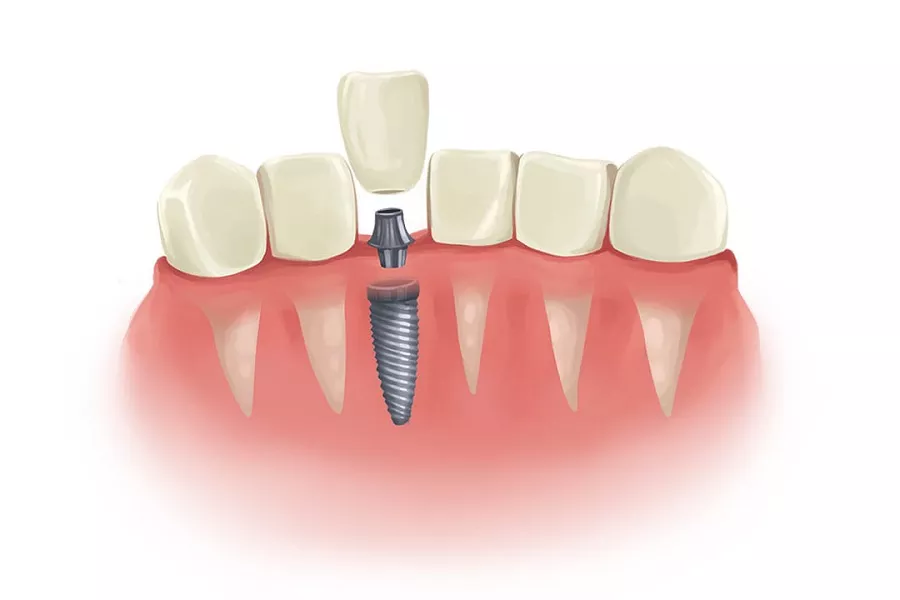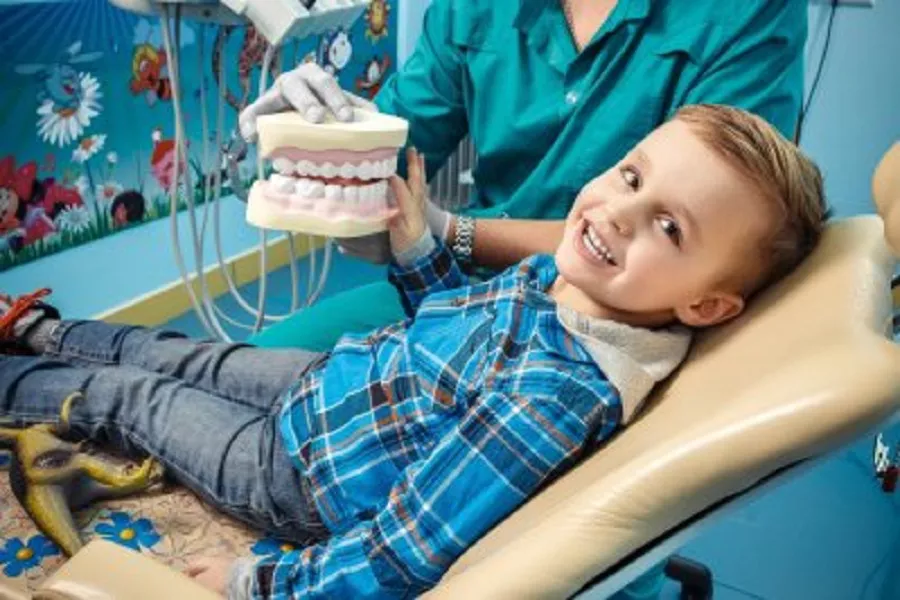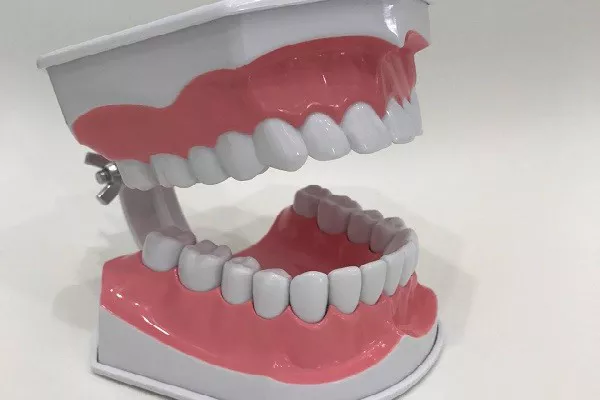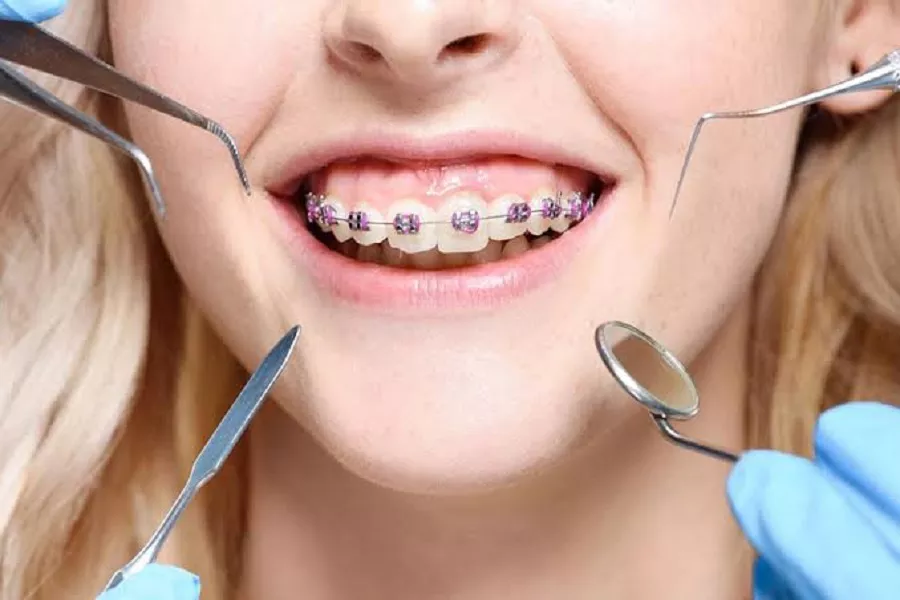1. The implants of OSSTEM in Korea: OSSTEM is the sixth largest implant manufacturer in the world. The OSSTEM implant system produced by OSSTEM has maintained the first place in Korea for many consecutive years and has obtained FDA approval. , CE certification, and in November 2006 obtained three types of SFDA certification. Implant dentures are pure titanium implants (ie, high-tech bionic artificial tooth roots) that have good tissue compatibility with the human body, and are implanted into the missing teeth through minimally invasive surgery. After a period of time to achieve osseointegration, they are then connected to the artificial root Dentures (dentures) to repair missing teeth. It belongs to the sophisticated technology of today’s stomatology and is known as the “third set of teeth” of human beings.
2. Implant structure The implant is also called the lower structure. Artificial dentures are also called superstructures. The implant consists of the following three parts:
Body: The part of the implant that is inserted into the human tissue. According to its implantation site, it is divided into: A. implanted in mucoperiosteal or B. implanted in soft tissue.
Neck: The part that connects the body to the pile or abutment.
Pile or abutment: The exposed part of the dental implant beyond the mucosa that provides support, retention and stabilization of the artificial denture of its superstructure. Two of them are rarely seen in the current production. Generally, they are directly 1 and 3, that is, 1 and 3 in the right picture, and 3 in the right picture is an artificial denture.
3. What is the success rate of implants? According to the survey, the success rate of the Korean OSSTEM implantation system is over 90%, and the survival rate is over 95%. The Korean OSSTEM implant system is the most suitable implant for Asian physiological characteristics. With its moderate price, it has won the love of the general public.




























